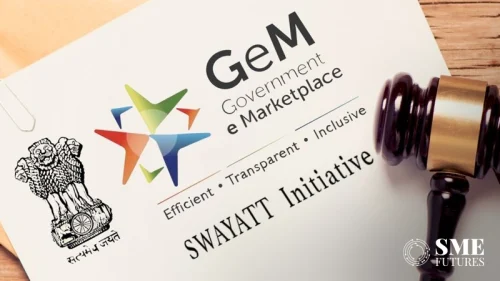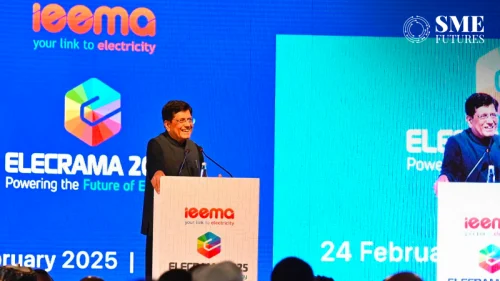India being most diverse democracy in the world was open to a wide spectrum of industrial revolutions, foreign ideologies, and industries since independence. As a result of this, India incepted LPG (liberalisation, privatisation and globalisation) policy and FDI (Foreign Direct Investment) to welcome foreign brands for doing business in India.
Consumers were then inclined towards good quality of foreign products. The monopoly based capitalistic system captured the Indian markets but became detrimental for local businesses. During the course of these developments, trusted indigenous FMCG brands like Patanjali and Khadi Naturals also lost their sheen.
On May 12, Prime Minister Narender Modi, known for his global visits to push economic globalization gave India a Vocal for Local slogan. It instantly stimulated discourse all across manufacturing and retail. The social media thereafter was abuzz with nationalist posts boycotting products made elsewhere. Indeed, the boycott of products was targeted at China due to increased military tensions between India and China.
Numerous fashion brands then started publicizing the slogan by adding Made in India label on their apparels. Even Ministry of Home Affairs banned all products manufactured in other countries from the canteens of the Central Armed Police Forces (CAPFs) from June 1. According to the statement, nearly 50 lakh families of about 10 Lakh CAPF personnel were bound to use indigenous products.
Current State of Affairs of Manufacturing in India
India imported US$480 billion worth of goods from various countries around globe in 2019. Pandemic therefore exposed the extreme dependence of our country on imports from other nations, especially China. This dependence is primarily centered on raw materials for industries, electrical equipments, and machinery for manufacturing.
For example, Pharma sector’s dependency for imports of APIs on China is about 70 per cent. In fact, when overall imports subsided due to pandemic constraints in recent months, import for medical goods surged from China. It was recorded $4.8 billion in June and $5.6 billion in July.
But, other imports were significantly down during the lockdown period ($3.2 billion in April, May). Similarly, over 70 per cent mobile phone market is dominated by Chinese companies and their components are also imported for manufacturing.
Surprisingly, for a country with over 600 television channels, 100 million pay TV households, and around 1,000 films produced annually, Indian film production setups too are dependent on technology developed outside India. Technologies of motion control rigs like Bolt often used in Hindi film songs are usually outsourced from other countries.
Ahab Jafri (Tauzi), Founder and Producer at Lockdown Shorts Studios tells, “Almost everything that we use from script-writing software to motion control rigs usually involve products acquired from other parts of the world. This inevitably results in high production costs because most tools are expensive, whether purchased or rented.”
Looking at the current figures, the primary idea behind inception of vocal for local concept is to cut down the import dependency on other countries while boosting local manufacturing. For instance, India started manufacturing N-95 masks, PPE kits, and ventilators while other countries imported these products. Today, India is not only meeting its own requirements but has also supplied these products to other countries.
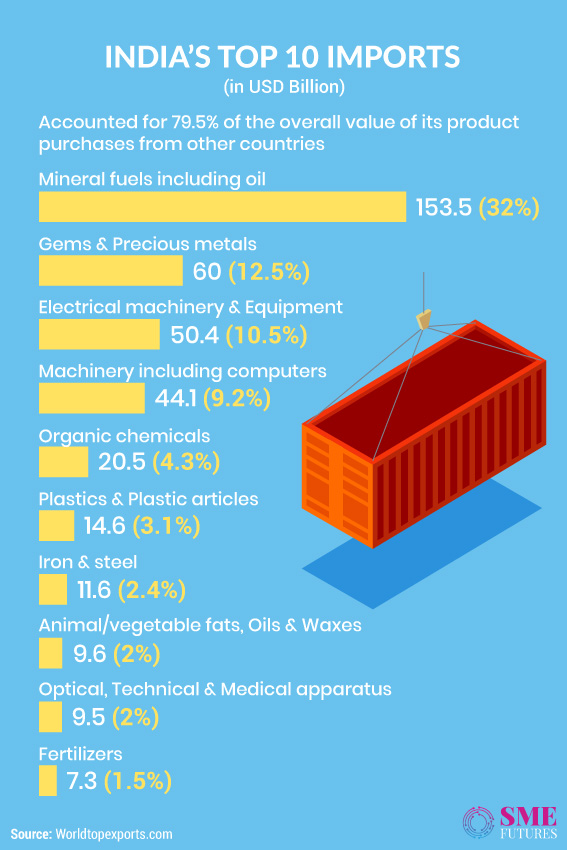
Reactions of India Inc Across Various Sectors
India Inc opines that the call for using local products and services is not to appease anyone but it is a need of the hour during this unprecedented crisis. Furthermore, experts view this campaign as the reviving talisman for Indian economy only when Indian small businesses and startups can identify with it.
Sahil Dharia, CEO, Paree, a local sanitary pad manufacturing company, believes that the vocal for local campaign has caused a paradigm shift in the attitudes of consumers of products related with small Indian business. He adds, “The movement is causing a change in sentiments of people and shift in their preference from foreign to Indian brand.”
If we look back, the concept of going vocal for local reminds us of Swadeshi Movement of 1905. The movement has certainly evolved after almost a century with better slogans like Make in India of 2014 or Vocal for Local or Self-Reliant India in 2020. Abhijit Ghosh, CEO of UGRO Capital claims, “Vocal for Local campaign is another version of Make in India movement.”
Ghosh feels that government’s push to revive the programme is a concrete step towards changing attitudes of consumers in order to boost their confidence in local businesses. He adds, “The campaign will empower businesses particularly in MSME sector to provide the requisite, support, promotion, and encouragement to them.”
Vinayak Burman, Managing and Founder Partner, Vertices Partners, a boutique law firm advocates the campaign and calls it a strategy to make India a self-reliant economy. He further claims, “The small businesses and enterprises which have been facing liquidity stress and cash-flow constraints due to COVID-19 will now be able to attract the attention of the investors.”
In addition to this, small businesses will also be able to realise their aspirations by achieving growth in the domestic market and eventually can expand their reach in global market. As the key focus of the campaign is to boost consumption of home-grown products and services, small businesses also stand a chance to regain their substantial domestic market share.
Dr. Satya Ranjan Acharya, Associate Professor and Incharge-Department of Entrepreneurship Education at Entrepreneurship Development Institute of India (EDII) strongly believes that the success of this initiative depends on continuous efforts for running the scheme to make people aware and for better results. According to him, this campaign is getting a good response unlike the past initiative Make in India.
Sunil confesses, “People have started looking for local products from local manufacturers. But for its effectiveness, the initiative requires to continue for a longer time. However, you just can’t put a full stop on allowing foreign companies because government has some obligations under WTO and other treaties.”
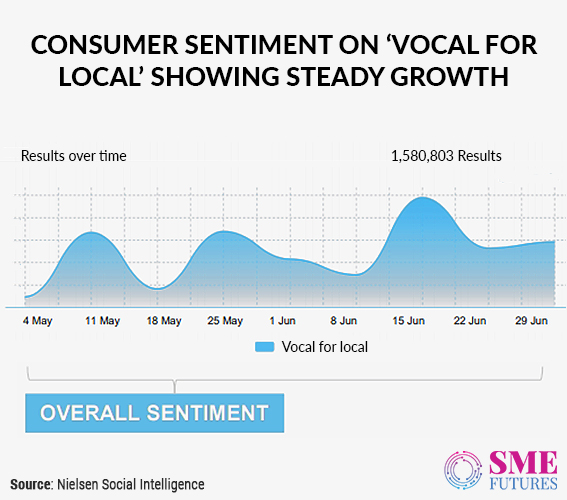
Innovation and Tech as Key Factors to Fuel the Movement
Innovation and technology sets the trajectory for small businesses to innovate. If Indian businesses wish to gain significance in India or outside, they should innovate constantly. Furthermore, developing the tech ecosystem will also benefit start-ups that wish to manufacture locally.
There is a hence an urgent necessity to nurture domestic talent especially in the tech sector. Also, India must aim to facilitate the growth of tech sector through lucid laws and policies and increased strategic partnerships. This is how India will unlock maximum benefits from the development of the tech ecosystem in coming years.
Kazim Rizvi, Founding Director of The Dialogue, a research and public-policy think-tank opines, “India must leverage this by developing progressive policies to be a hub of global manufacturing supply chains. As an important player of driving global data flows, Indian laws favouring a strong data localization policy will drastically alter the scale of global opportunities. Hence, India needs investments to create jobs and to enhance incomes.”
Closer partnerships with like-minded nations such as US and UK can also aid in fetching increased investment for the country thereby enhancing global opportunities. This involves a longer-term plan that would empower Indian engineers and support research.
He adds, “We must derive the benefit of support from global allies and step up our domestic resilience. Government, entrepreneurs, engineers, students, startups, and investors must work together to form a long-term strategy to bring these changes in order to realise India’s true potential.”
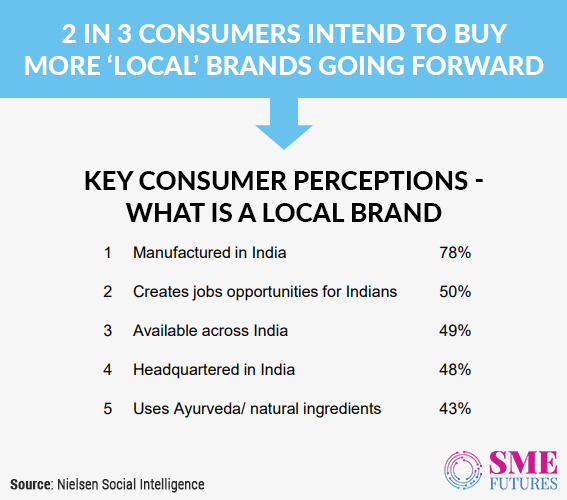
Understanding this, India is also taking its gradual steps towards the tech ecosystem. Government of India had approved 3,660 crores in 2018 to invest on AI and its applications. The step is viewed as a concrete measure to make the nation self-dependent in Artificial Intelligence.
India has many AI startups, signaling the easy adoption to technology and entrepreneurs that are quick to adapt to market needs. The necessary infrastructure for AI’s development includes creation of an indigenous 5G network similar to that of Reliance Jio.
On this, Kunal Kislay CEO Integration Wizards Solutions, opines that the made in India hardware for 5G technology and is ready for its trial. Industry needs to drive innovation and create AI based solutions that solve problems specific to India. Developers too understand the financial constrains faced by industries in adoption of AI, hence they are creating solutions that require less infrastructure overhaul.
He suggests, “Media needs to provide more visibility to Indian start-ups creating AI based products and the positive impact it has on industries that have deployed such solutions. Indian AI startup market received $762.5 million funding in 2019. Though it is difficult to predict the pace, but eventually a combination of government and private funding for the development of AI will lead to a thriving AI ecosystem in India.”
Talking about the need of indigenous products in film industry, Jafri states, “With the kind of diversity in storytelling we see now in India, one can only imagine how much high the sector could set the benchmark. If we had cheaper home-grown technology easily available, the filmmaking could evolve like never before.”
He agrees on the need of innovation in the film production technology but suggests, “There is a lack of common ground between the equipment and technology industry. The film professionals willing to innovate and create tools should be more suited to the Indian market and ways of working.”
He further tells that production houses prefer to invest their capital to build physical studio spaces rather than developing the machines or software they require. For instance, something as indispensable as Colour Grading has a highly specialized hardware and software which is only manufactured in other countries and technicians thus depend on foreign artists for training.
Changes Coming Along With the Movement
Beginning with the banning of Chinese apps, the buy Indian products sentiment has gained popularity. According to the experts, consumers are already seeking out products which are domestic and locally manufactured. According to the recent Nielsen’s survey on the evolving consumer trend, two in every three consumers are inclined to buy local brands.
Dharia says, “There’s definitely increased talk about supporting Indian brands and reviving the local economy. But, in longer run only brands that offer quality products and possess channel access will succeed. The main idea behind being vocal for local is to support brands which will understand their consumers in a better way than any foreign company.”
The initiative is fostering the much-needed boost to entrepreneurs from across industries to think of out of the box ideas and become self-reliant while contributing back to the growth of the economy.
Burman of Vertices Partners tells that overall, the market will become more value and quality conscious. He states, “Home-grown brands across sectors will engage more closely with local suppliers and manufacturers. Companies will collaborate with their suppliers to train and educate them so that products meet global quality standards.”
He also feels that apart from manufacturing and supply chain, the ‘vocal for local’ campaign will impact the marketing and customer-centric strategies of various brands. He adds, “Their advertising communication will focus on that theme and highlight their local roots. The messaging will focus on the Indian nature of brands.”
Ghosh of UGRO Capital presented a varied approach of change. He feels if the campaign becomes successful in the longer run it can bring socio-economic changes in the country. It can also boost new products. He further claims, “As MSMEs constitute almost 98 per cent of the industries, they have significant role to play. Under this initiative, more small businesses will flourish which will create numerous jobs.”
This in turn is going to bring down the unemployment rate and enhance number of salaried or middle people in society. UGRO Capital is hence supporting many small businesses in difficult situation by providing funds to them. They also have started a programme with help of technologies such as geo-tagging through which they locate and thereby help out firms deprived of cash.
According to the latest data of Centre of Monitoring Indian Economy (CMIE), the unemployment rate in India is 8.20 for August 18 (which is a 30-day moving average). This was against 7.64 per cent at the beginning of the month on August 1.
On the contrary, Dr. Acharya of EDII believes that it takes a long time to change habit of consumers. However, the pandemic has given a boost to local products. This calls for businesses to understand the behaviour of consumers and come up with a strategy to promote local, so that consumers can stick to local products on the long-term basis.
He tells, “Markets trends are extremely fluid, consumers explore the market and products on regular basis, and their interests are short lived. However, this can be changed once things get back to normal. In view of this, success of the initiative also depends on the perspective of the people. It should be taken as long-term policy rather than a short-term motivation.”
Price of Manufacturing a Primary Challenge
Indian consumers often give preference to price while making a purchase. Such consumers usually can spend more on high-status items, but they would not spend much on commodities of lower worth. Imports from other countries such as China, Japan, Vietnam, or Taiwan can bring commodities at a cheaper rate which lures Indian consumers. According to experts, this can be a big challenge when it comes to import substitution of the price-sensitive commodities.
On this Vinayak Burman says, “Although this can be a challenge because of the socio-economic background of our country, it can be achieved in a phased manner. For that, the government needs to support manufacturers by offering credit at a lower interest rate and developing infrastructure and services so that domestically manufactured goods can compete with their imported counterparts in terms of quality and price.”
“Samsung smart phones are back in the market after so many years. I can definitely say there is a strong consumer sentiment across the markets due to various circumstances between China and India. Now me and my family both will prefer the Made in India products,” claims Ghosh.
Stating prices as a challenge, he says that fixed cost and variable cost are significant in manufacturing. The retail price however depends on the cost of manufacturing. He further adds, “Consumers have to pay the retail prices along with the taxes. The challenge is to bring down the manufacturing costs which will ultimately bring down the prices.”
While Dr. Acharya opines that there are two aspects where our products can improve. A manufacturer or a seller should consider whether it is a better product, or it is a cheaper product. He says, “If even one of these two qualities are present in a product, consumer will buy the product. Thereafter, we need to encourage MSMEs by providing them the right infrastructure. Through these measures, this initiative will boost exports in the longer run.”
The trend for using local goods can often be confusing for consumers. Contrary to the popular belief, people should understand that the campaign not only includes products by Indian companies but also products manufactured here by MNCs.
For instance, Nestle India was asked for a list of products made in India. It also included the products that utilised raw materials from India. It can also include products assembled in India or imported products. Therefore, the campaign would not only affect the consumer preference but will also enhance the efficiency of Indian businesses and exports.




